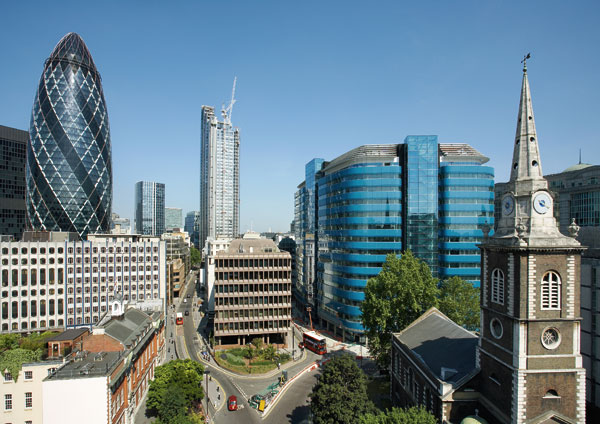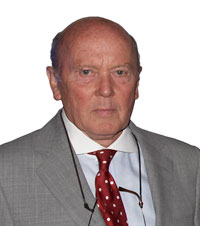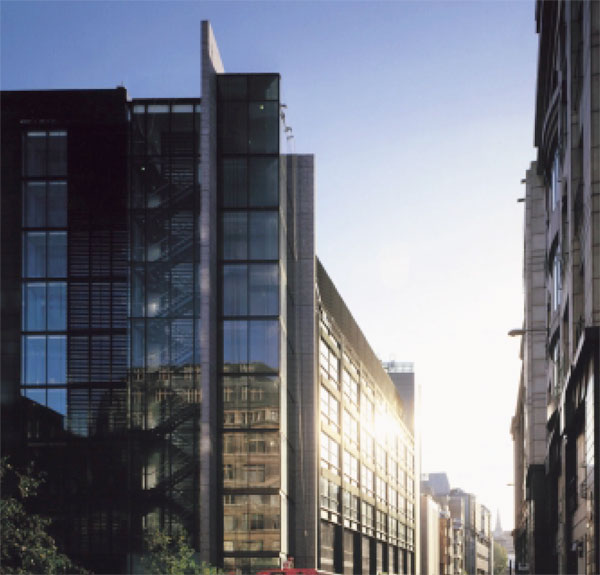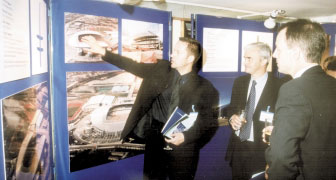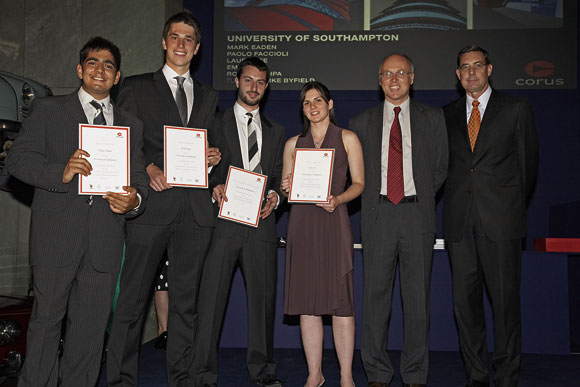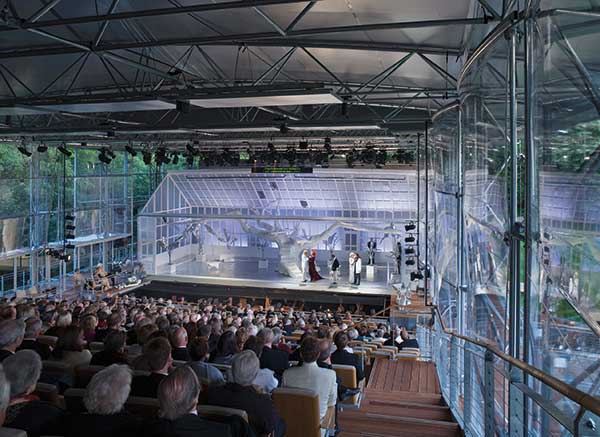SSDA Awards
Structural Steel Design Awards 2011
Introduction
by David W. Lazenby CBE – Chairman of the Judges
The old saying “when the going gets tough, the tough get going” is well illustrated by the entries for this year’s Structural Steel Design Awards. The skill, imagination and determination of these project teams is remarkable, at a time when the steelwork industry has inevitably been affected by the current economic climate..
The judges selected 18 projects for the shortlist, spread across the UK and the Republic of Ireland and Holland, covering a wide range of structural types, and once again demonstrating steelwork’s adaptability and economy, and its relevance to so many situations. We have seen very high quality commercial offices, stadia and other sports facilities, large public buildings and interesting bridges. Adding a key rail station, an enormous distribution centre, a waste-to-energy plant and two remarkable structural sculptures, we have as good a collection of projects as most of us can remember.
Client satisfaction, always the key to success, has been the trigger to motivate team cooperation. Technical boundaries have been extended on some schemes using the latest codes and technologies, thus providing new benchmarks for the future. The challenge of international cooperation has become an unavoidable part of life in many industries, and we see some aspects in the steelwork for the overseas projects.
I have always encouraged a “can do” approach by the whole team. The judges have been impressed by the positive attitudes so well displayed on these projects, as well as vigour, professionalism, innovation and responsiveness. This has never been more important, nor has it been more demanded by clients.
I have no doubt that the SSDA scheme has been an important stimulus to the steelwork industry over the years, and the results are clear to see. All the teams can be proud of the outcomes which are really praiseworthy and the Judges have been heartened by them. We hope that everyone will share our enthusiasm.
The Judges
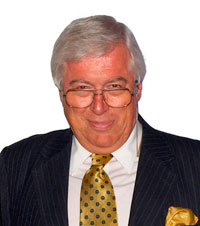 Chairman of the Structural Steel Design Awards judges David Lazenby CBE had a distinguished career as a consulting engineer before taking a new turn in the late 1990s to give British Standards new focus and direction. He also led the huge pan-European exercise to develop the Eurocodes, as Chairman of the lead European committee.
Chairman of the Structural Steel Design Awards judges David Lazenby CBE had a distinguished career as a consulting engineer before taking a new turn in the late 1990s to give British Standards new focus and direction. He also led the huge pan-European exercise to develop the Eurocodes, as Chairman of the lead European committee.
David Lazenby’s career began with Balfour Beatty in 1959. In 1964 he moved to consultant Andrews Kent & Stone, where he stayed for 30 years and became managing partner and subsequently a director. In 1990–91 he was one of the youngest ever Presidents of the Institution of Structural Engineers.
In parallel he had become involved in developing codes and standards, advancing from technical committees and sector boards to become a non-executive director of BSI Group.In 1997 he became the Director of British Standards, one of three executive directors of the group responsible for over 5000 staff in 100+ countries, and a budget of £300+M.
His experience both as a user of standards and as a committee and board member helped him to bring a new focus on market relevance and he is credited with bringing global success to the organization. Establishing it as a world leader in its field, as well as making it profitable, has been almost unique among national standards bodies.
Since 2003 he has operated his own consultancies, Eurocode Consultants, and DWL Consultants, in the fields of company management, and certification.
Martin Manning is a Structural Engineer.
He is an Arup Fellow. He joined the firm directly from university and for over 40 years has worked in Arup offices, and on projects, around the world, most recently on buildings in the transport sector.
He is the Chairman of the SCI, a Fellow of the Royal Academy of Engineering and a Member of The Institution of Structural Engineers.
Gerry Hayter has spent his career in transport, mainly in London. He joined London Underground as a civil engineering graduate in 1975, working on the design of railway bridges, lifts and stations.
After 10 years he joined the Bridges Engineering Division of the Department of Transport where he developed new standards for the design, assessment of highway bridges and structures for 40 tonne lorries.
In 1994 he joined the London Network Management Division of the Highways Agency, responsible for the maintenance of highway structures in West London. A number of senior technical posts at the agency followed, culminating in his present position as Group Manager of the Knowledge Management Group, with responsibility for the development of the Agency’s £23m knowledge programme.
 Oliver Tyler joined Wilkinson Eyre Architects (WEA) in 1991; he became an Associate in 1997 and then a Director in 1999. He has over 25 years experience in architectural practice and extensive experience in leading and coordinating the design and construction of high profile buildings and infrastructure projects.Oliver has led a number of prestigious projects at WEA including Stratford Market Depot and Stratford Regional Station in London for the Jubilee Line Extension; the Dyson Headquarters in Wiltshire and the Arena and Convention Centre in Liverpool – the centerpiece for the city’s 2008 Capital of Culture celebrations.
Oliver Tyler joined Wilkinson Eyre Architects (WEA) in 1991; he became an Associate in 1997 and then a Director in 1999. He has over 25 years experience in architectural practice and extensive experience in leading and coordinating the design and construction of high profile buildings and infrastructure projects.Oliver has led a number of prestigious projects at WEA including Stratford Market Depot and Stratford Regional Station in London for the Jubilee Line Extension; the Dyson Headquarters in Wiltshire and the Arena and Convention Centre in Liverpool – the centerpiece for the city’s 2008 Capital of Culture celebrations.
He is currently Director in charge of WEA’s Crossrail Liverpool Street Station Project, the proposed new cable car crossing over the River Thames and a number of major sport and commercial developments.








